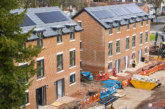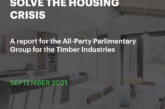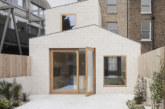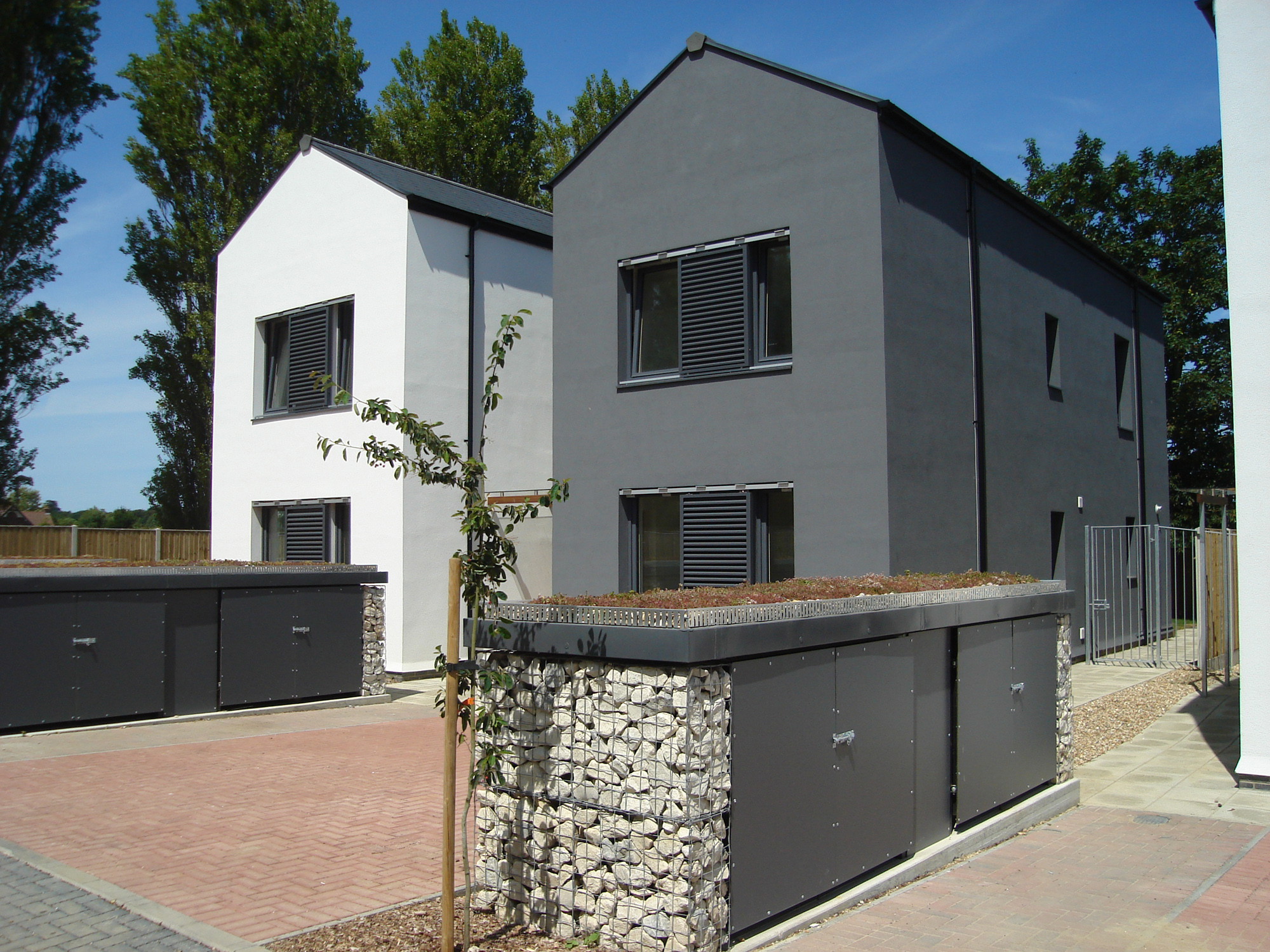
Government intervention into the housebuilder market has seen a demand for 300,000 new homes per year. With calls for innovative building solutions to achieve this feat as quick as possible, will build quality take a back seat? H+H Technical Director, Cliff Fudge discusses one modern method of construction that holds build quality right up with build speed.
In recent years we have seen the Government set ambitious targets for housing numbers. Innovation, or modern methods of construction, seems to have become the suggested method for achieving this goal, with Ministers calling for the industry to embrace innovation to build the homes this country desperately needs.
However, as we strive to build more homes, it’s essential that the focus doesn’t simply switch to speed of build and ignore build quality. Thankfully, it appears the Government has placed emphasis on this as well. Former Secretary of State for Housing Communities and Local Government, Sajid Javid even went as far as stating that the interest is making sure high-quality design is the norm rather than the exception.
High-quality in the new-build housing sector is a must and the actions of the Government have been to ensure new homes are built using quality materials and design methods. But what does this look like in practice?
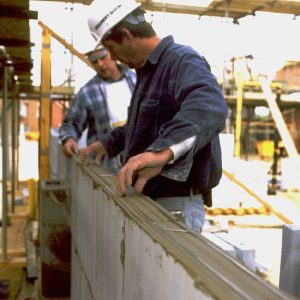 Middle ground
Middle ground
Offsite construction has been hailed as the answer to the housing shortage, but at H+H we believe that this argument over delivery, between “offsite” and “traditional”, is unhelpful as it ignores the plethora of innovation and new ideas that fall somewhere between these two extremes.
It’s widely recognised that the construction industry is slow to change. Offsite is often deemed a dirty word in an industry built on the back of tradition and adverse to any variation of standard working practices. Rather than innovating for innovation’s sake, our view has always been to look at developing our traditional practices as a way to bring new techniques to the industry and improve build quality.
Thin-joint future
In recent years, we have seen an uptake in the use of thin-joint masonry construction onsite. Specifically, our H+H Thin-Joint System is being utilised to increase build speeds without sacrificing on build quality. In fact, this system improves build quality because it does not allow for inaccuracies in the build process.
One housebuilder, Kent-based Masonry Frame Systems, is a strong advocate of using thin-joint construction for this reason alone. Norman Hinks, who established the company in 2004, believes that it is one of the best building methods for residential housing. He commented: “We choose thin-joint masonry for the quality of build. The disciplines that you need to do thin-joint successfully means that you have to build very accurately, with an engineering approach. With 2mm joints, everything is level and plumb, everything is airtight and has great performance which you don’t get in any other traditional build system.”
“The Thin-Joint System responds directly to government initiatives focussed on speeding up the supply of housing whilst improving the quality of build and reducing its environmental impact.”
The system
Thin-joint construction is a modern method of construction that has been on the continent for decades. However, it is still considered to be innovative and was way ahead of its time when it first came to the UK from Europe.
H+H’s Thin-Joint system combines the use of large format, accurately dimensioned aircrete blocks and quick setting thin layer mortar to create a highly productive and cost-effective building system. It can be used for sold or cavity walls in all types of buildings.
Mortar joints
The name thin-joint refers to the thickness of the mortar joint. Traditionally, mortar joints are 10mm but when using the thin-joint system it is reduced to 2mm. Instead of using traditional sand:cement mortar, H+H’s Thin-Joint System uses Celfix Mortar which was developed specifically for use with the H+H aircrete blocks. Celfix is cement based and supplied as a dry, pre-mixed powder.
The Thin-Joint System responds directly to government initiatives focussed on speeding up the supply of housing whilst improving the quality of build and reducing its environmental impact. It allows for construction times to be significantly reduced to that of an offsite manufactured solution.




